Physical Address
304 North Cardinal St.
Dorchester Center, MA 02124
A range of bedside diagnostic procedures are performed to assist in the diagnosis of skin disorders.
The most commonly performed procedures include microscopic examination of skin scrapings mounted in either potassium hydroxide (KOH) or mineral oil and microscopic examination of hair shafts.
Microscopic examination of scale (stratum corneum), obtained via scraping with a metal blade or glass slide and mounted in KOH, is commonly performed to confirm superficial cutaneous fungal infections ( Fig. 2.1 ).
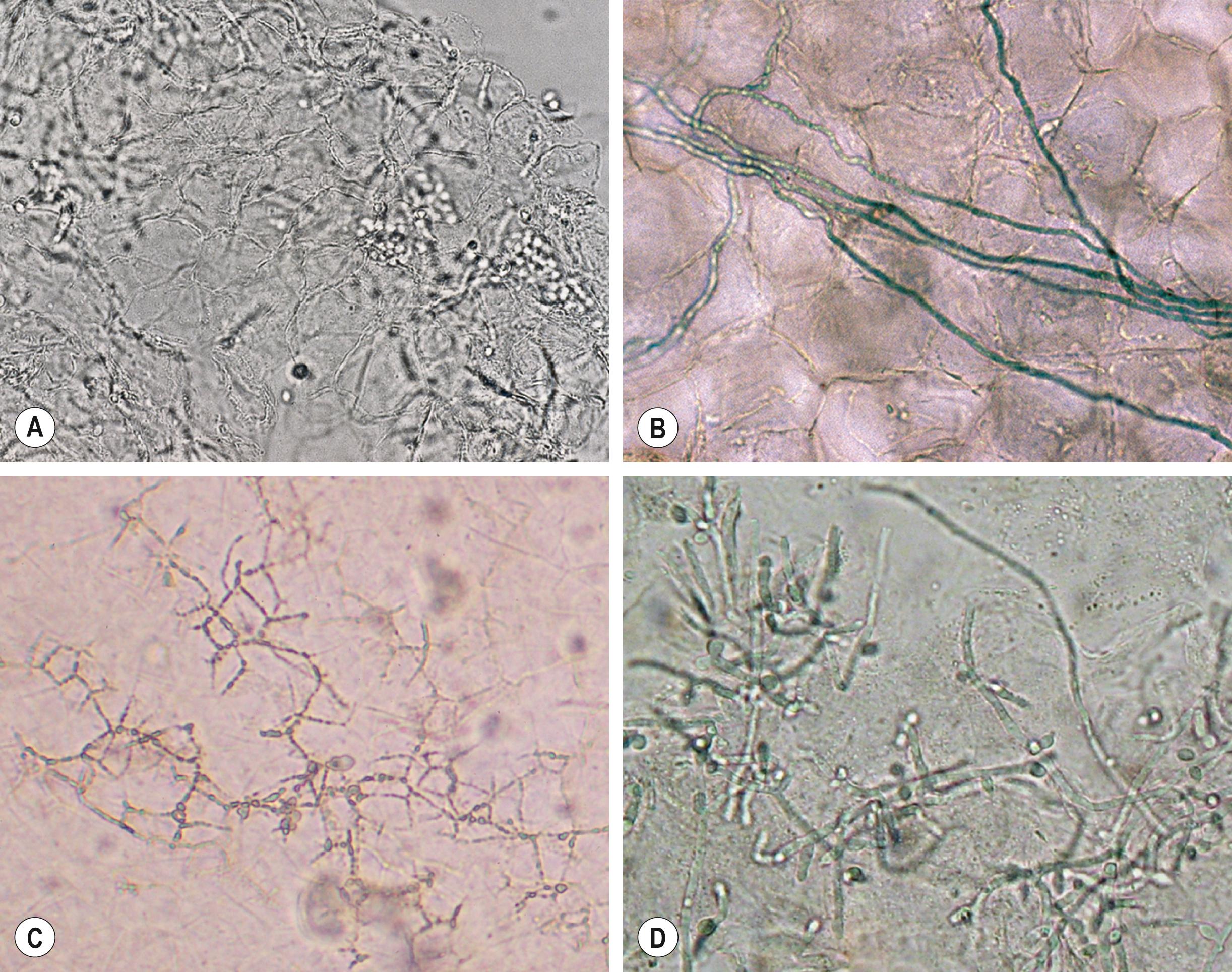
These fungal infections include tinea (pityriasis) versicolor, tinea corporis/faciei/manuum/cruris/pedis, and cutaneous candidiasis (see Ch. 64 ).
Addition of chlorazol black to the KOH can improve detection (see Fig. 2.1 B).
Neither the genus nor the species of a dermatophyte can be determined by the KOH examination of scale.
For onychomycosis, both nail plates and subungual debris are examined; in addition, nail plates can be fixed in formalin and stained with periodic acid Schiff (PAS) or Gomori methenamine silver stain (see Ch. 64 ).
Tinea capitis is divided into two major forms: (1) endothrix – conidia occur within the hair shaft; and (2) ectothrix – while the fungus grows inside the hair shaft, conidia form on its surface ( Figs 2.2 and 2.3 ; see Ch. 64 ).
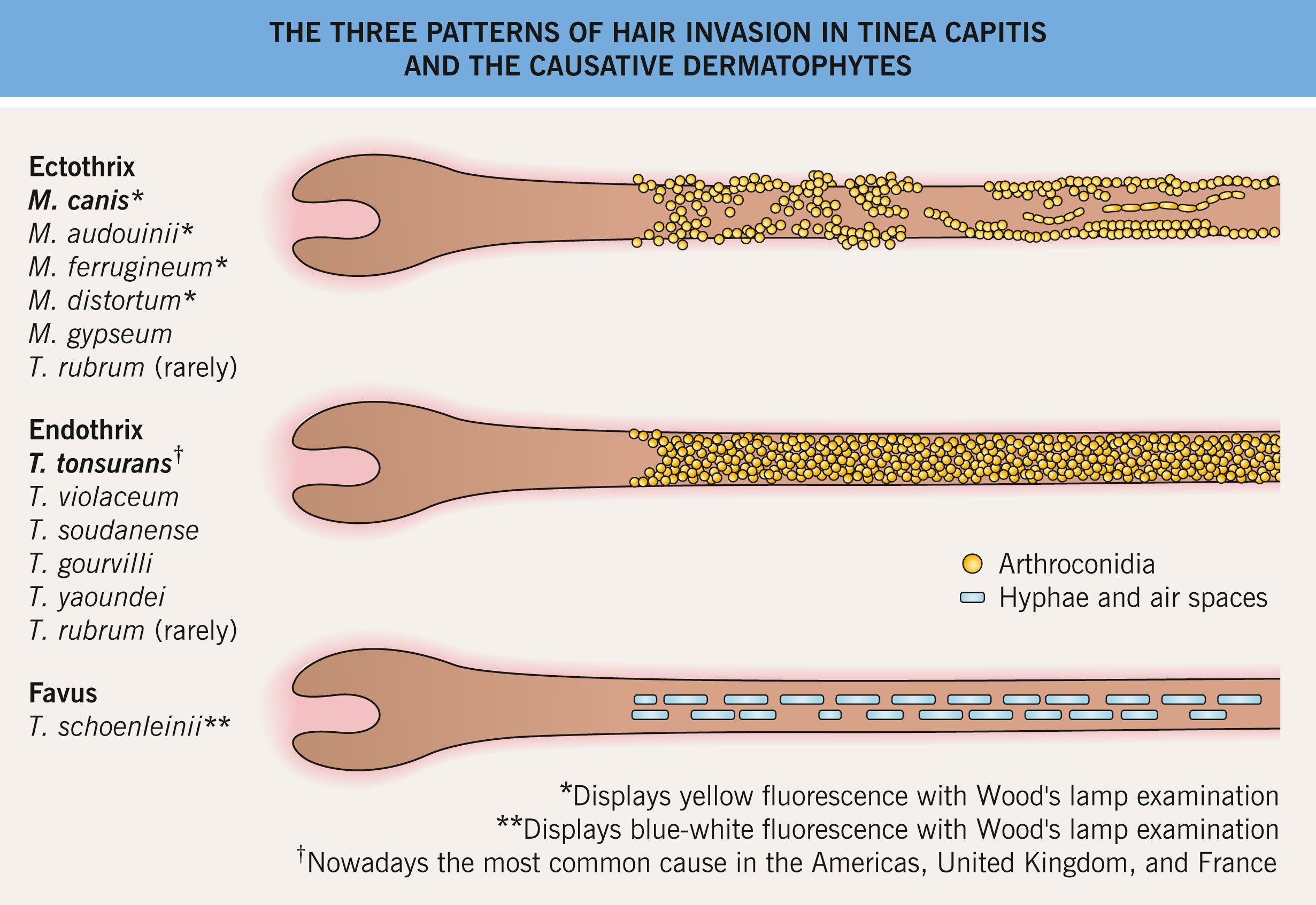
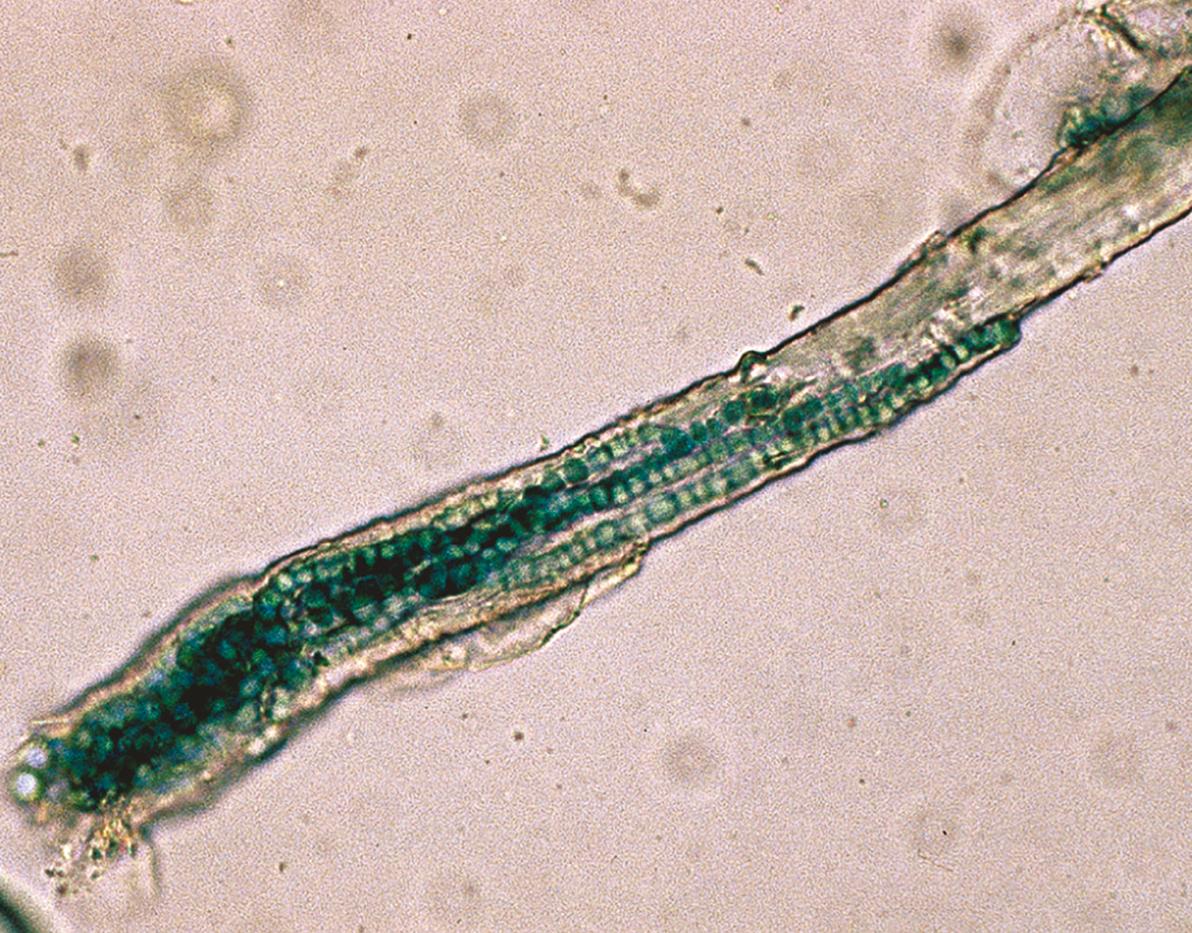
For KOH examination and fungal culture, fragile and broken hairs are preferred and can be obtained by scraping with a metal blade or glass slide or, in children, a sterile toothbrush or moistened cotton applicator (Q-tip®).
Place 2–3 drops of mineral oil on a glass slide. Dip the metal blade into the oil and then scrape suspicious lesions, e.g. burrows, inflammatory papules. Next place skin scrapings on a glass slide. Several skin lesions should be scraped. Dermoscopy can be performed to better identify burrows and an adult female mite at the end of the burrow prior to scraping (see Ch. 71 ). Sometimes, KOH is used rather than mineral oil. Firm application of transparent adhesive tape to suspicious lesions followed by rapid removal and transfer to a glass slide is an alternative technique, providing easier transport to a laboratory.
In addition to adult mites, eggs and feces (scybala) can be seen when scrapings are examined microscopically ( Figs 2.4 and 2.5 ).
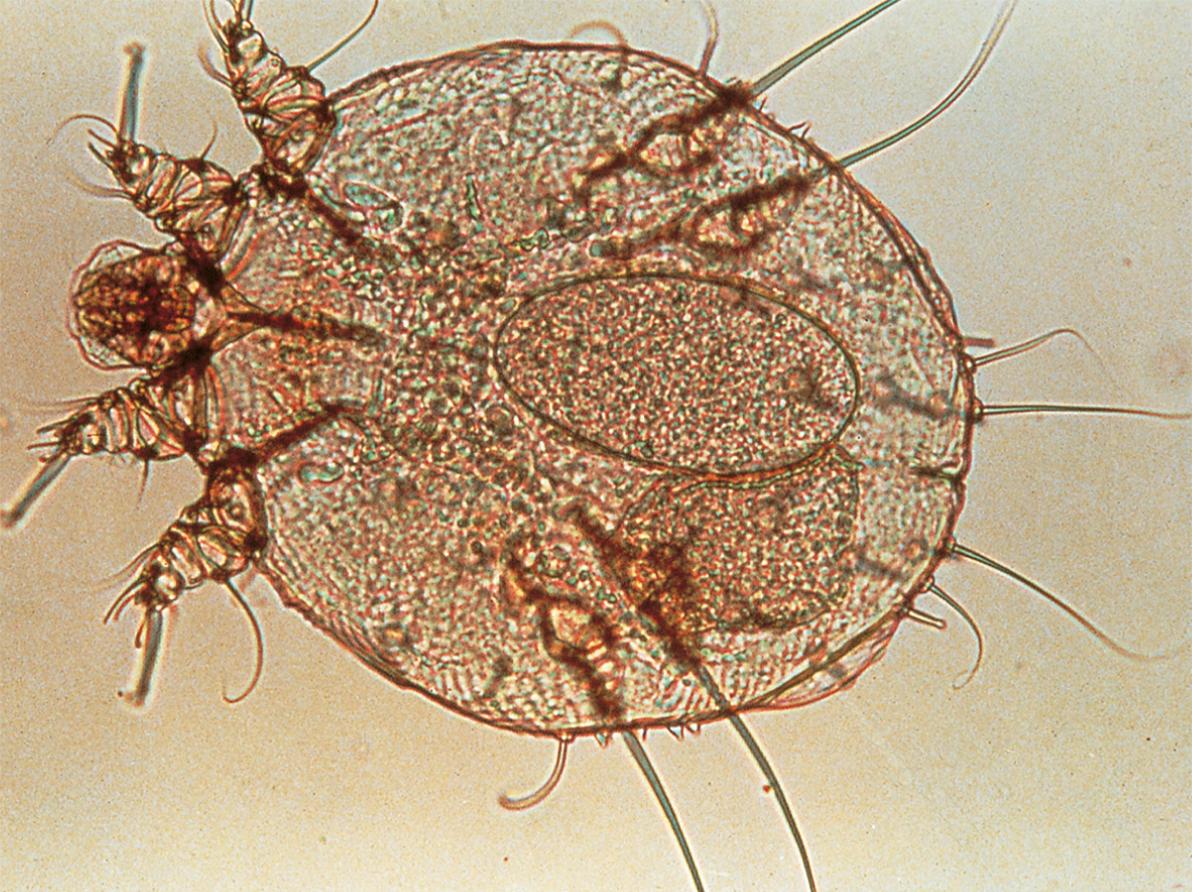
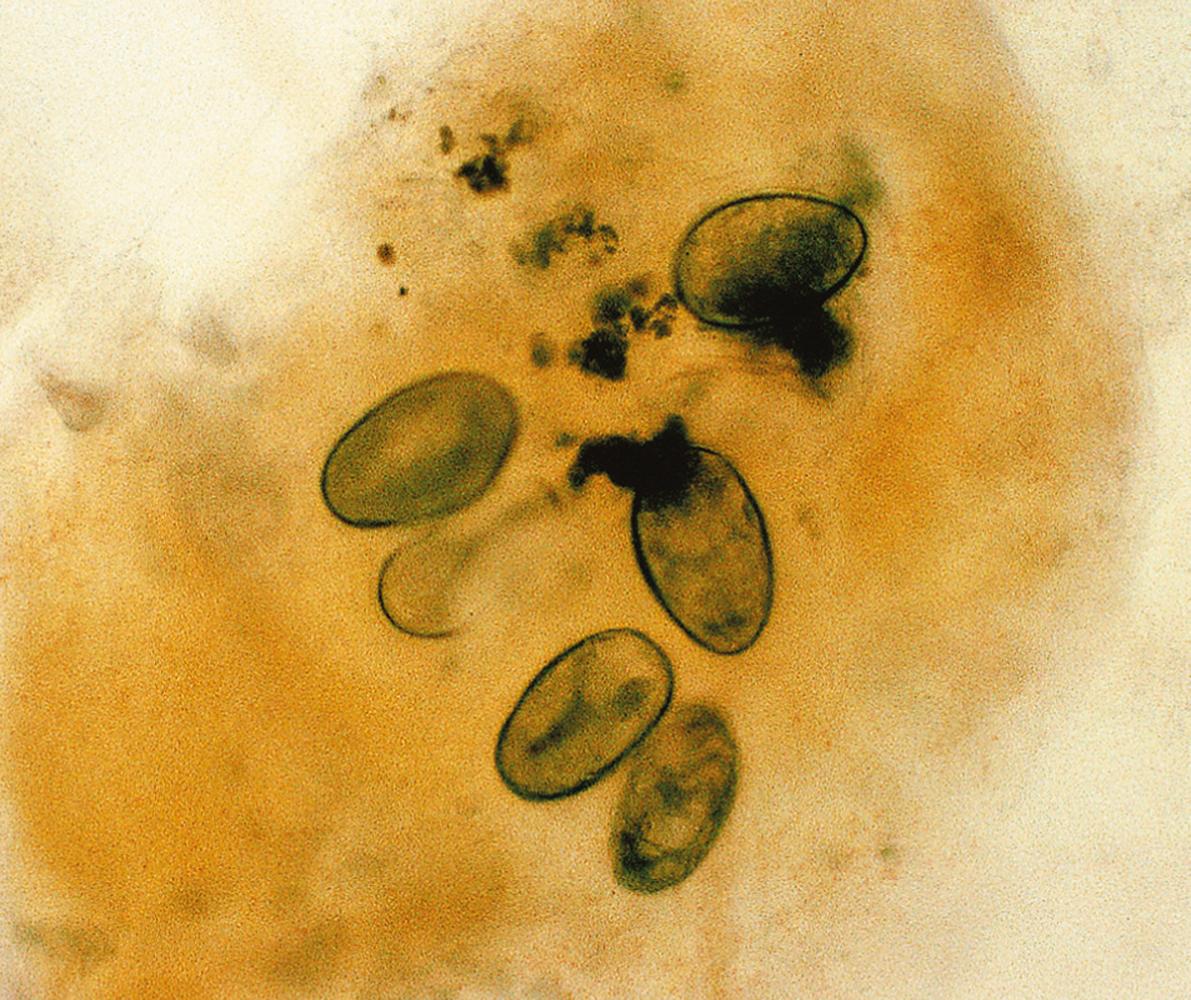
The advent of direct fluorescent antibody (DFA) and polymerase chain reaction (PCR) assays to detect herpes simplex and varicella–zoster viral infections has led to a decline in the performance of Tzanck smears.
Nonetheless, it can serve as an easy-to-perform bedside test with results available immediately, including during laboratory “off-hours”. A Tzanck smear is most sensitive when an intact vesicle or bulla is present; in immunocompromised hosts, crusted lesions may also be positive.
The roof is retracted and scraping of the base and angles of the vesicle should be performed in order to obtain virally infected keratinocytes, which are thinly spread onto a glass slide, allowed to dry, and then stained with Giemsa stain ( Figs 2.6 and 2.7 ).
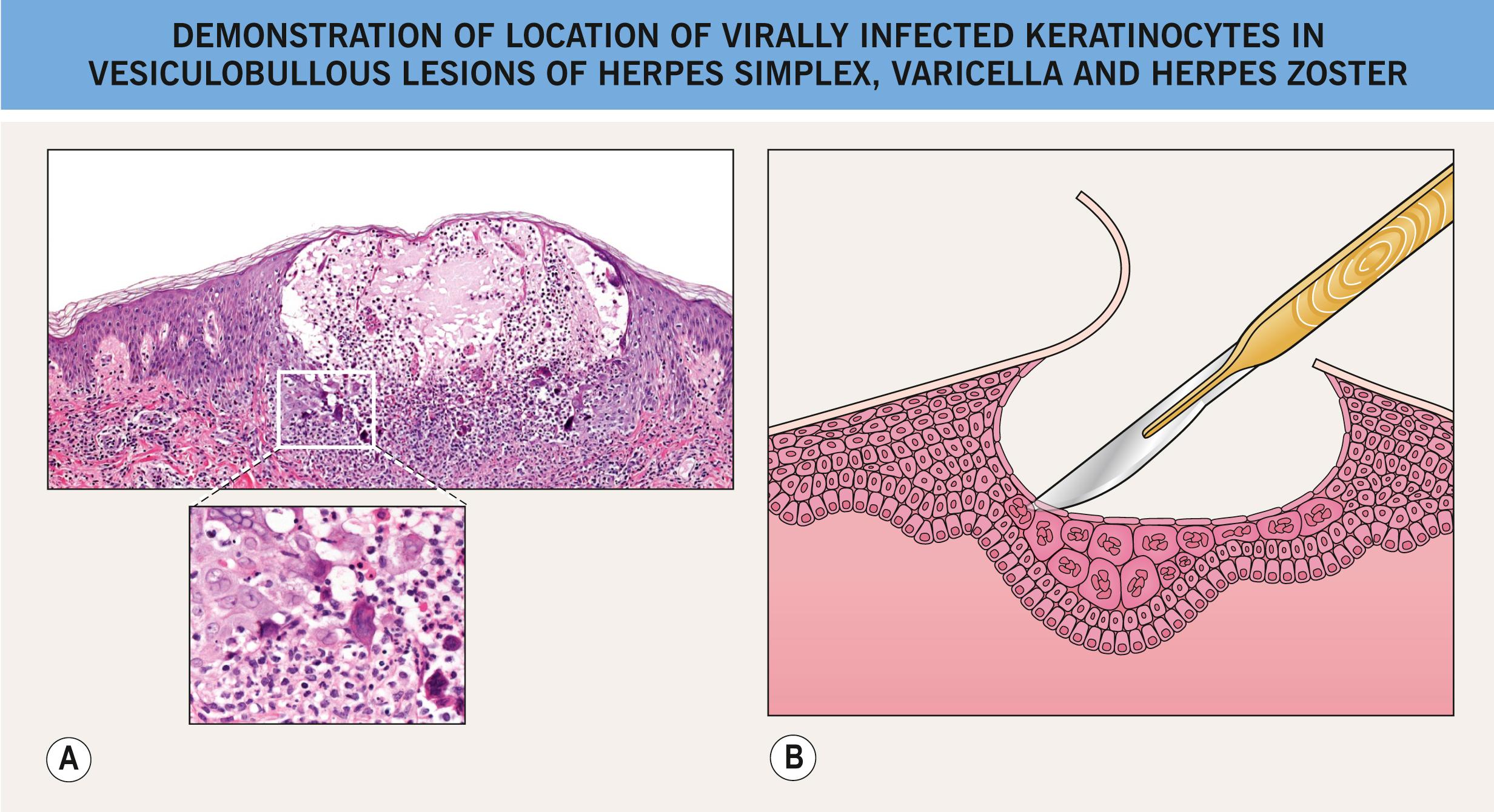
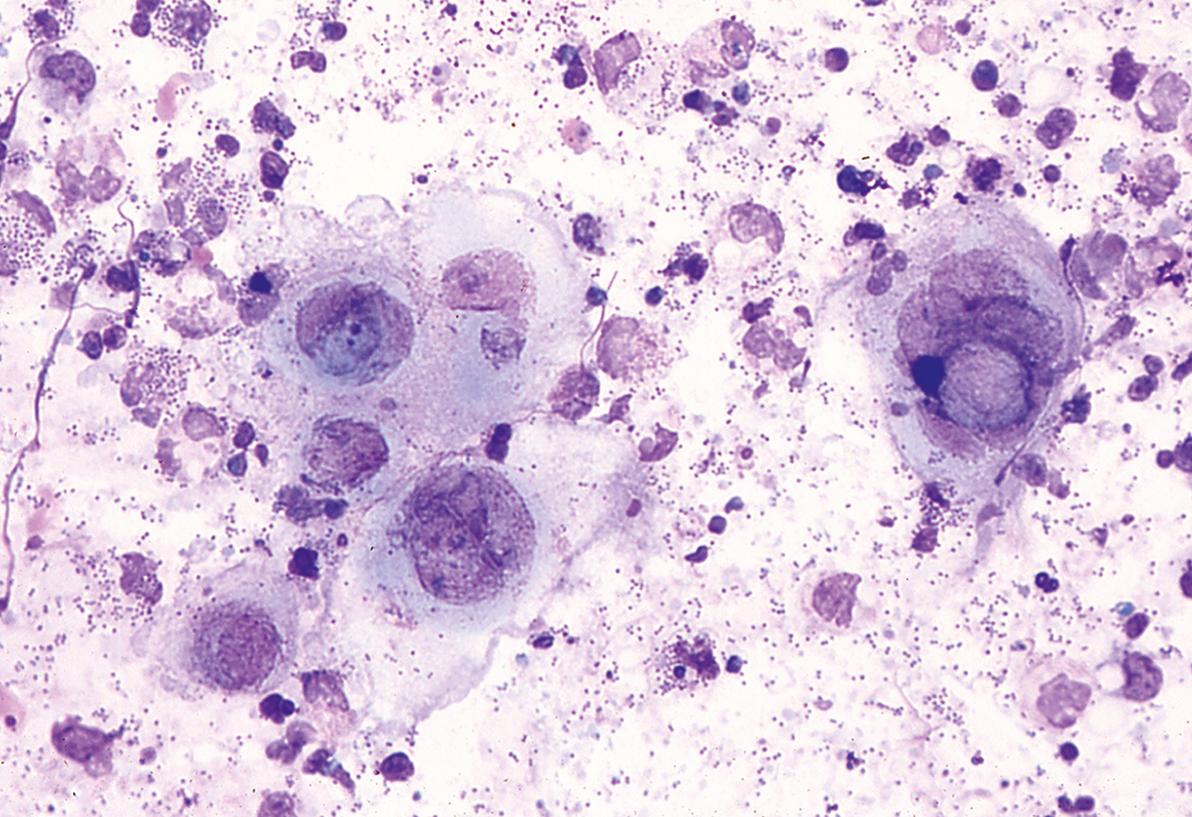
Become a Clinical Tree membership for Full access and enjoy Unlimited articles
If you are a member. Log in here